James Francis Thorpe (1887-1953) was named the "greatest athlete of the century" in 2000. His final resting place is in the town previously known as Mauch Chunk (founded in 1843), PA. It was renamed in honor of Jim Thorpe as a strategy to build the tourism industry in the town.
A member of the Sac and Fox Tribe, Thorpe attended the Carlisle Indian School in PA where he proved to be an exceptional football player. He began his professional football career in 1915 and played for 14 years. He also played professional baseball for 6 years. The statue of Thorpe throwing a discus commemorates is amazing performance at the 1912 Olympics. He is the only Olympian ever to win gold medals for both the Pentathlon and the Decathlon in the same Olympics. He was stripped of his medals the following year because he played semi-pro baseball for a season, but they were restored in 1982.
His grave includes soil from his native Oklahoma, New York's Polo Grounds, and the Olympic Stadium in Stockholm.
Placards tell the story of this incredibly talented athlete near the Spirit of Thunder and Lightning sculpture.
Arriving in town, we found a metered parking space and went to the Visitor Center (located at the old train depot). The Lehigh Gorge Scenic Railway tickets are sold in a kiosk next to the center and the train departs from this location. Maps and brochures of local attractions can be found in the Visitor Center. There are informational displays about the history of the town and the area. Check out the original railroad depot clock.
We stopped at the small Josiah White Park across from the Visitor Center. This 15,100 pound chunk of anthracite is from the mammoth coal vein found in Panther Valley. It is a monument to the enterprising spirit of the men of the Industrial Revolution. Anthracite was first discovered near here in 1791. This piece is 99% pure carbon and has an energy content of 205,360,000 BTUs!
Also found in the park is a monument to Carbon County's emergency services volunteers. The Carbon County Courthouse Clock Tower, built in 1883, can also be seen from the park. Mauch Chunk became the county seat of Carbon County in 1850.
Asa Packer (1805-1875) was a railroad and coal magnate, philanthropist, Congressman, and founder of Lehigh University. Built in 1860, his ornate mansion has been preserved (with original furnishings) as a memorial and is a national historic landmark. Tours are offered throughout the day.
On the way up to the mansion, we came upon this war memorial to those who served in American wars from Carbon County.
Next the Asa Packer home is the Harry Packer Mansion, now a bed and breakfast www.murdermansion.com), also a National Historic Site. It was built by Asa Packer and given to his son, Harry, as a wedding gift. There is also a bar/restaurant open to the public in the rear of the house.
We walked a couple of blocks to St. Mark's and St. John's Episcopal Church. The historic St. Mark's Church was officially formed in 1836 and has been the "mother church" for many other parishes and missions. The church was completed in 1869 and was largely funded by local millionaire, Asa Packer. Situated on a natural terrace of a steeply sloped hill, the Greek Revival structure was built of local grey stone with red stone as trim.
Minton English tile, imported mahogany, stained glass windows (two by Louis Comfort Tiffany), and other gorgeous adornments can be found in the lavish interior. On the first floor is an entryway (where we were met by two young women that provide tours) and a small lovely chapel.
The 1912 Otis elevator is still operational we took it to the main sanctuary.
The ornate baptismal font was amazing and was the very first thing that caught my eye when we entered the beautiful sanctuary.
All of the stained glass windows are stunning, particularly the two by Tiffany (paid for by Asa Packer, of course). They were recently appraised at $1.5M and $1.2M. Wow!
The rose window in the rear of the sanctuary cannot be replicated by natural materials, as the sands used to make the glass are no longer in existence. I loved the soft colors of the window in an alcove of the main sanctuary.
In 1980, St. John's Church in East Jim Thorpe was closed and consolidated with St. Mark's. It remains an active congregation.
Next to the church is Historic Stone Row (25-55 Race Street). Sixteen stone row homes were built by Asa Packer in 1849 for engineers and foremen of the Lehigh Valley Railroad (which he owned). Note that each house was a little different in design. The Stone Row is a National Historic Site. Today the houses are a mix of private residences, shops, and eateries.
As we walked back to the Visitor Center, we saw the Mauch Chunk Opera House. It is one of America's oldest vaudeville theaters (built in 1881). It remains the primary venue for musicians in the area providing an intimate performance space with 360 seats.
The Inn at Jim Thorpe is in the middle of the historic district. Built in 1881, today it combines the original old-world charm with modern amenities. Looks like a fun place to stay!
We decided to grab a bite to eat at Molly Maguires Pub and Steakhouse. There was a picnic table outside, where our doggie, Sadie, was allowed to sit with us. The restaurant is on the first floor of the historic Hotel Switzerland and has been run by the Behan family (from Dublin, Ireland) for the last 20 years. The deck was very busy as this appears to be a popular place for both locals and tourists.
The Hotel was established in 1830 and was a comfortable and affordable place for travelers to say with the convenience of an eatery. It is the oldest commercial building in Jim Thorpe and continues in the tradition of old-fashioned hospitality and good food.
We drove to our final stop for the day, The Old Jail, and were fortunate to find a nice, shaded parking space in their tiny lot. This county jail cost $125,000 to build (very costly at the time) and opened in 1871. It is one of six similar prisons in PA designed by Edward Haviland. Built of hand cut stone, both interior and external walls are 2-3' thick.
It remained in continuous operation until 1995! To see the interior you must take a guided tour. While we waited for ours to start, we wandered around the gift shop, the secondary entry into the jail, and the kitchen (that was in continuous use for 124 years). The kitchen will be restored in the near future to an earlier era.
On the tour we saw the warden's quarters, 3 women's cells, 27 prisoner cells, the gallows, and 16 dungeon cells (creepy). The warden's quarters consisted of three rooms (large bedroom, sitting room, small bedroom). When the warden no longer lived in the prison (1970), these rooms were used as sleeping quarters for work-releases prisoners (12 in double decker bunks in the large room and 8 in the small bedroom).
These 3 cells where used for female prisoners. Eventually the cost of a matron 7x24 caused the women to be shipped to other prisons. Sometimes minors were also held in these cells if no women were incarcerated at the time.
From the warden's quarters, there was a one-sided window that provided a view of the two-story cell block.
This is a reproduction of the gallows built here in 1877 to hang multiple miners convicted of murder believed to be Molly Maguires (originated in Ireland). The platform was 7'4" from the floor of the jail, 7' square, and designed to hang 4 men simultaneously.
Some background:
- by 1874 the coal mining industry was controlled by five railroad owners (including Asa Packer);
- working conditions in all mines were terribly dangerous and there were many deaths in the coal mines;
- the owners reduced miners' pay by 20% that resulted in a 7-month strike;
- desperate, miners accepted the 20% reduction and returned to work;
- shortly thereafter their pay was reduced an additional 10%;
- the Molly Maguires were reportedly a secret Irish society who fought the exploitation of the mine owners;
- railroad company owners started an investigation using Pinkerton (who infiltrated the miners with one of their detectives over a 2.5 year period)
- many were arrested and accused of being Molly Maguires by the railroad private police force of Franklin Gowen;
- declared thugs and murderers in the newspapers, they were prosecuted by private prosecutors (also hired by Gowen);
- 21 were hanged in the region and many others incarcerated.
Many spectators came to see a total of 7 miners hanged here. Historians now believe they were falsely accused...a very dark time in the history of coal mining in the area.
This was a typical cell in the 1950s-60s. The structure and metal doors are original to the 1870s.
The dungeon cells were in the basement and used for maximum security and isolation until 1979. For many years, the only light was a candle or oil lamp in the center of the hall. There are small windows in each cell but they are so close to the earth that very little light shone through. You can feel the bad vibes down there! John tried to snap a photo of an apparition, as one cell in particular is reportedly haunted. No luck. The photos below were taken with flash.
The tour was about 30 minutes. It was interesting to learn more about local town history and this story of the "Molly Maguires."
For additional information about the many attractions, accommodations, dining options, and outdoor activities in Jim Thorpe, visit www.jtborough.org/home/pages/businesses-residents.

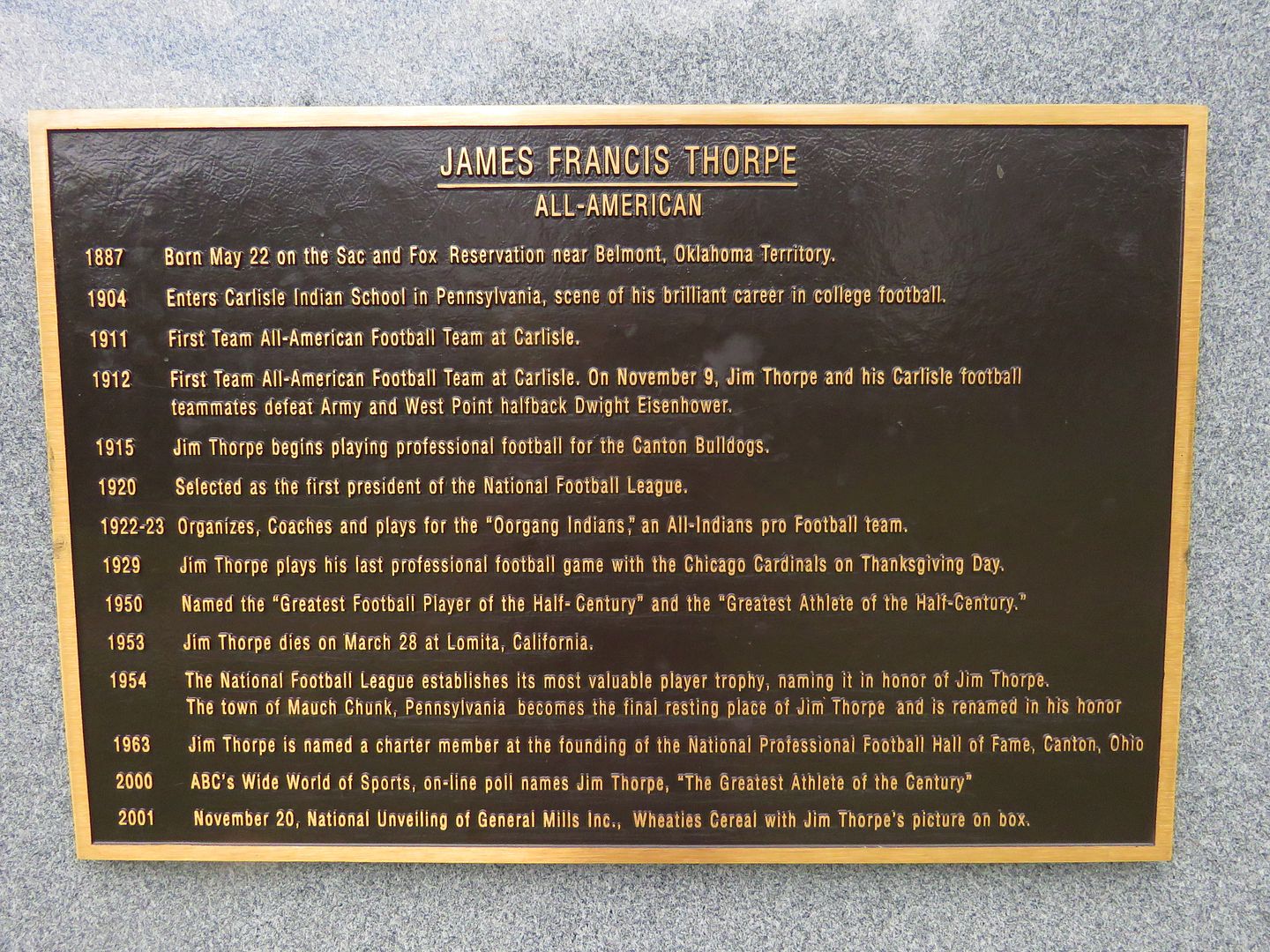
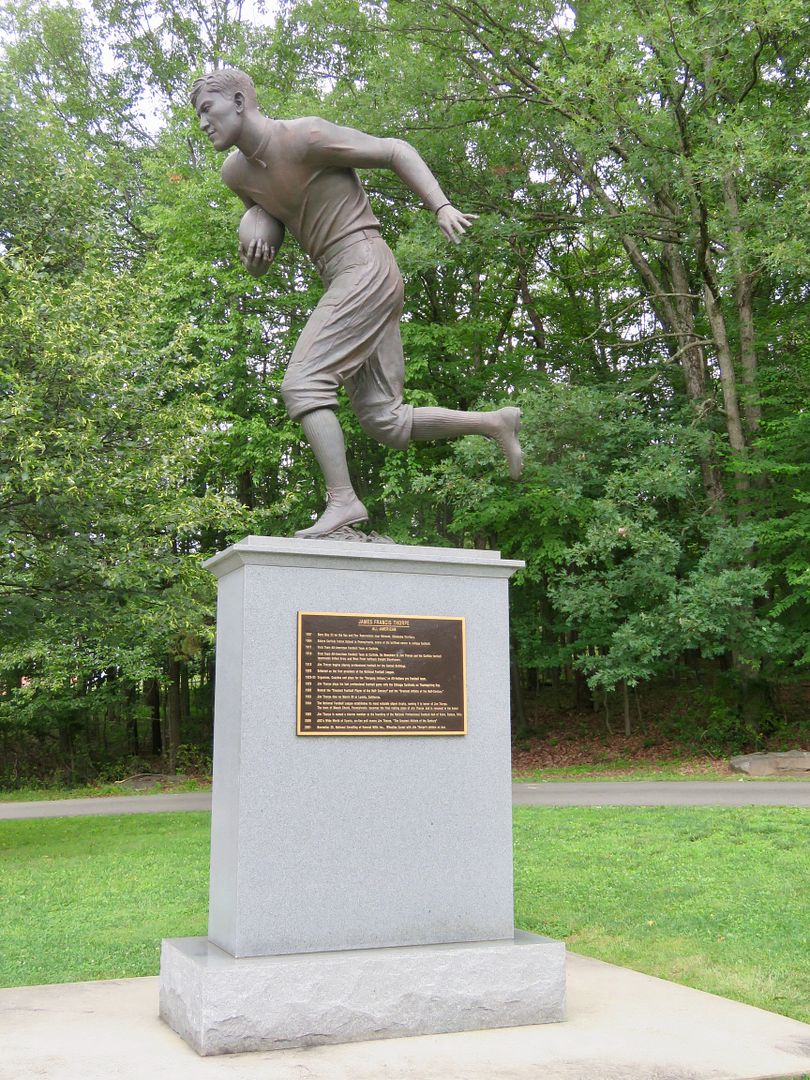
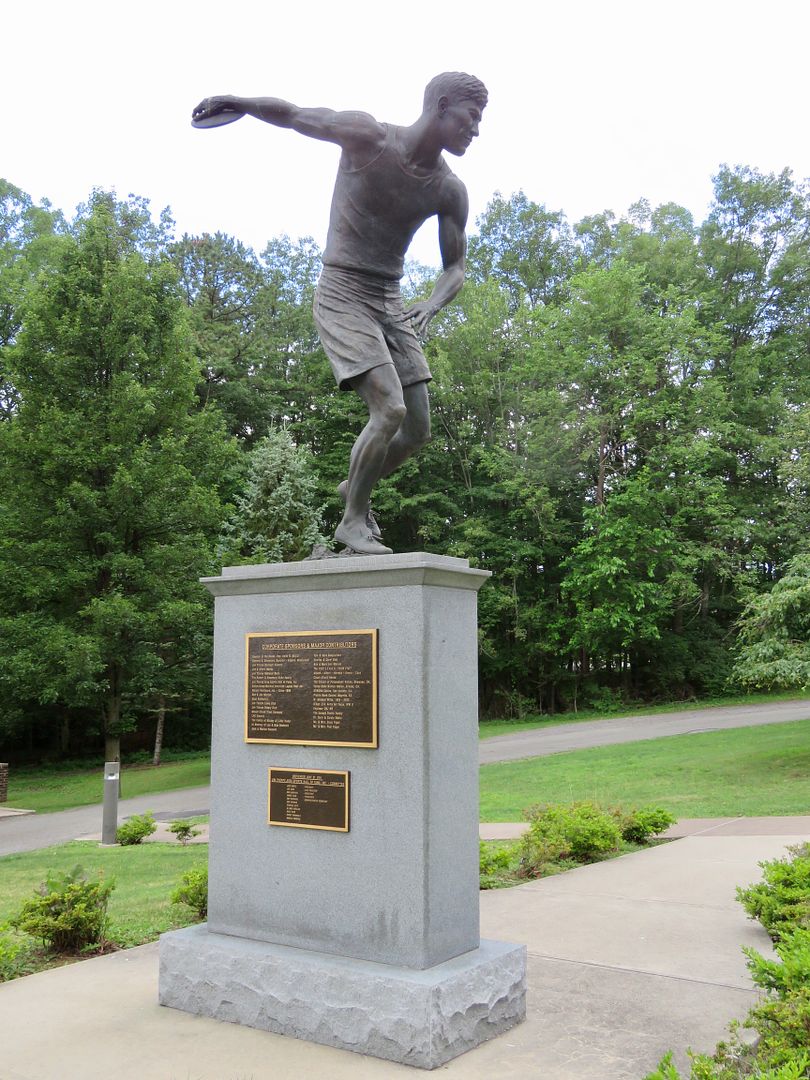
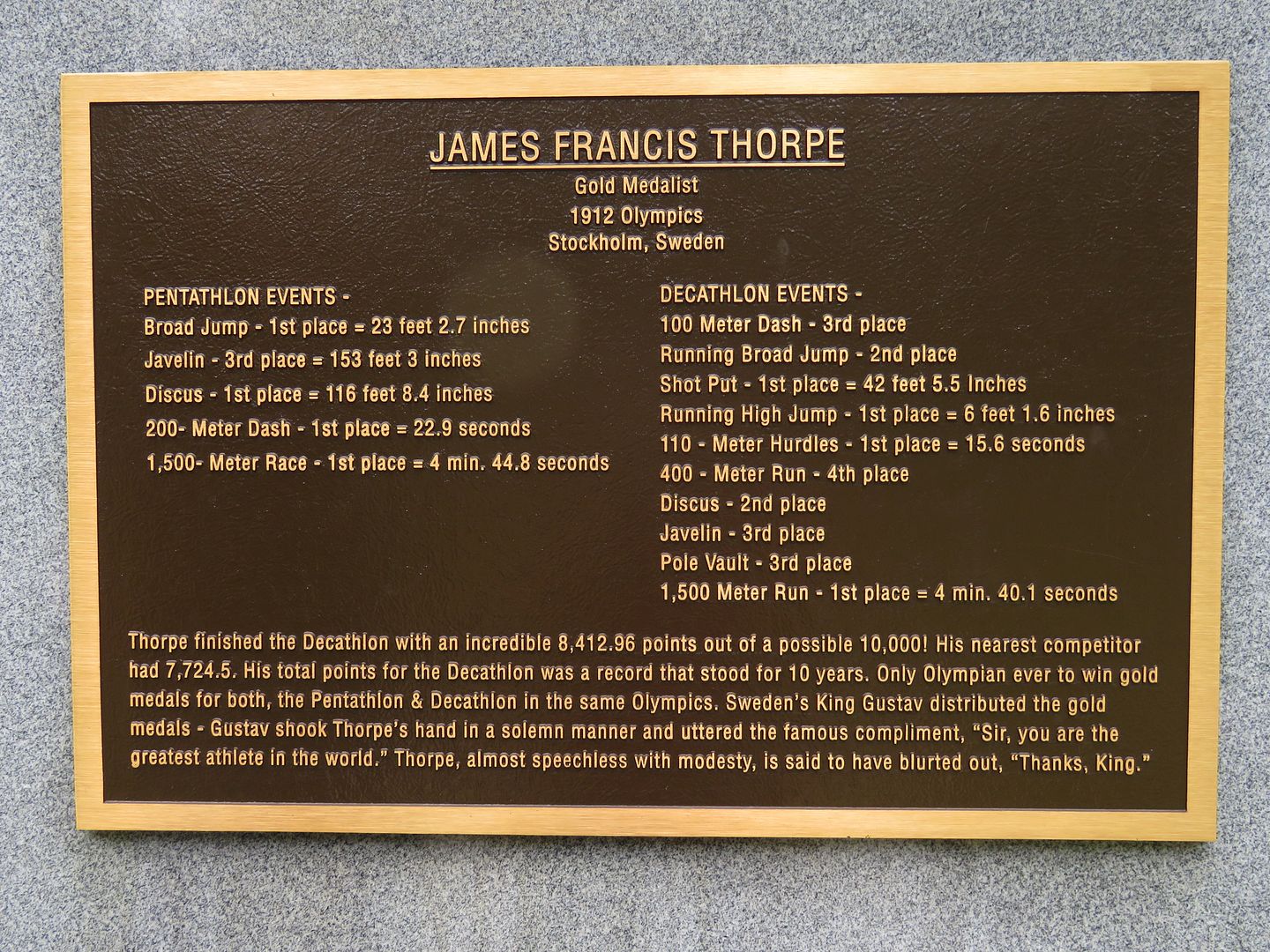
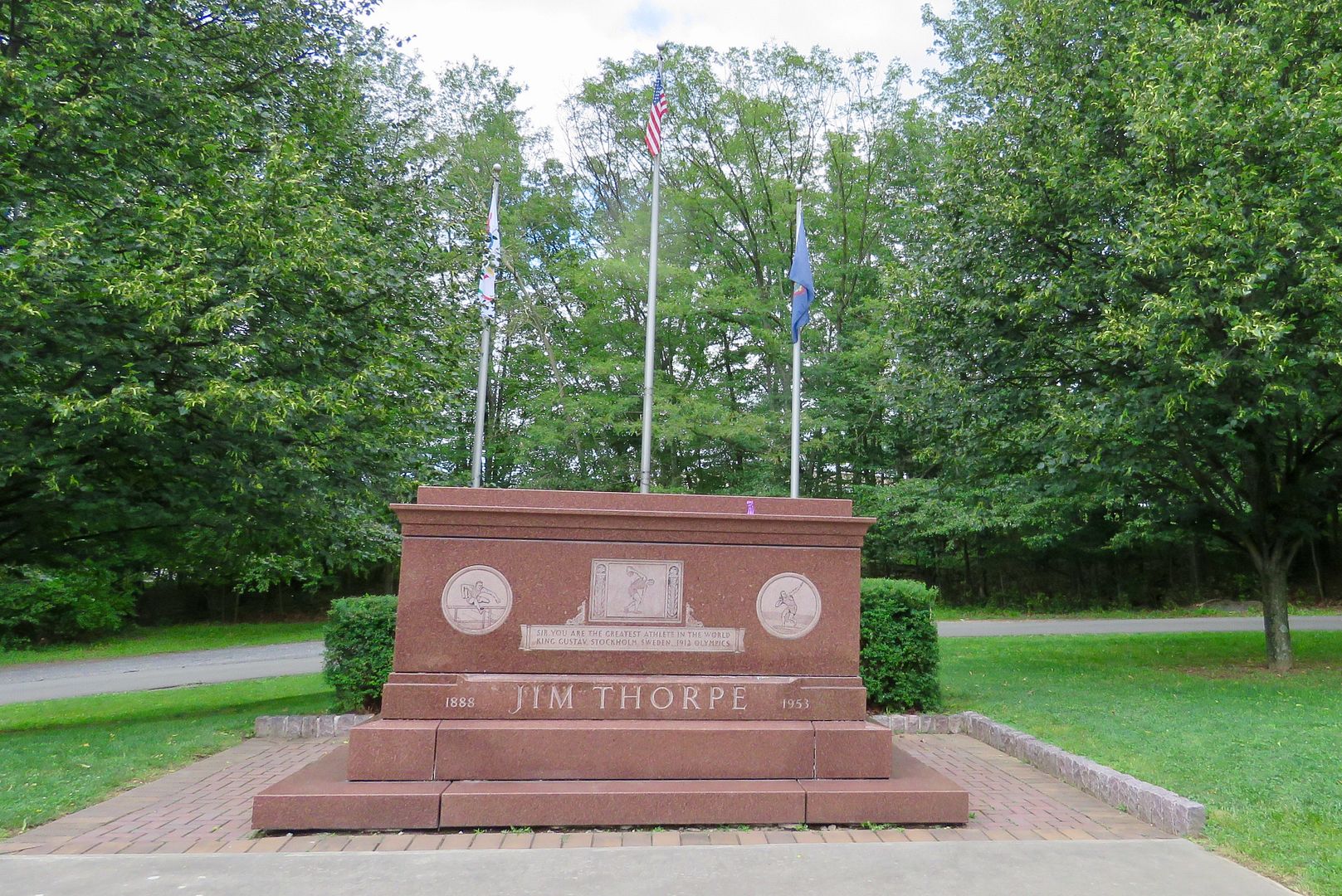

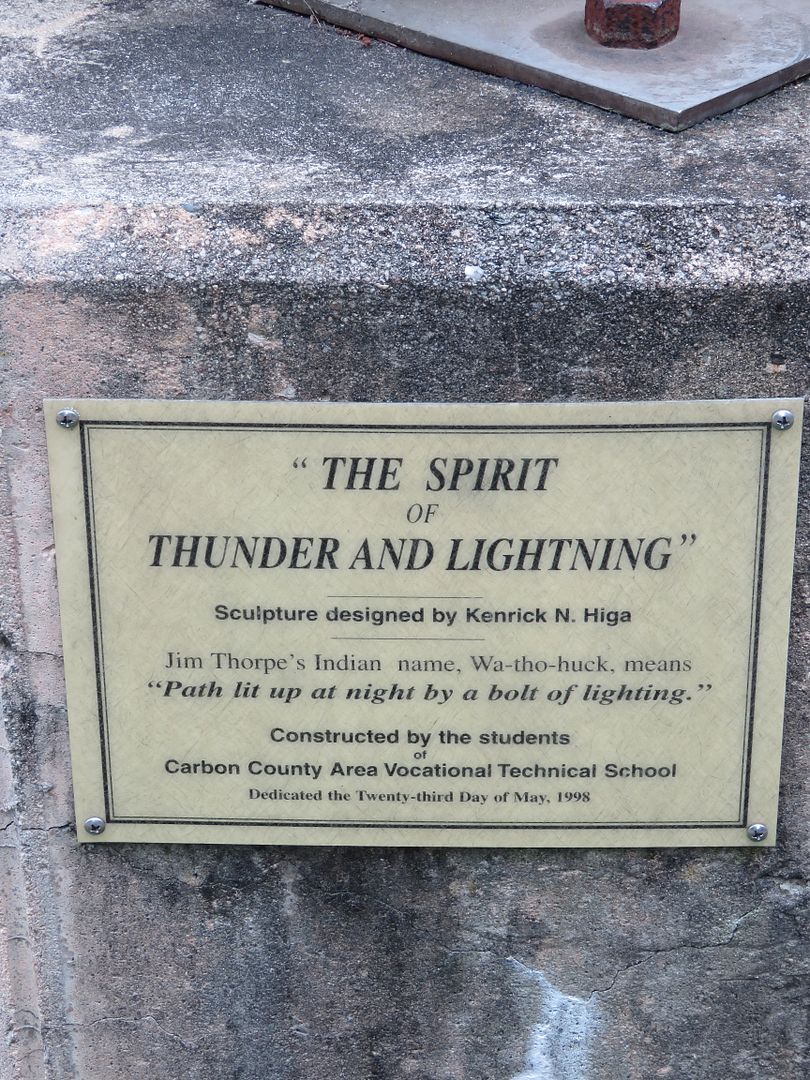

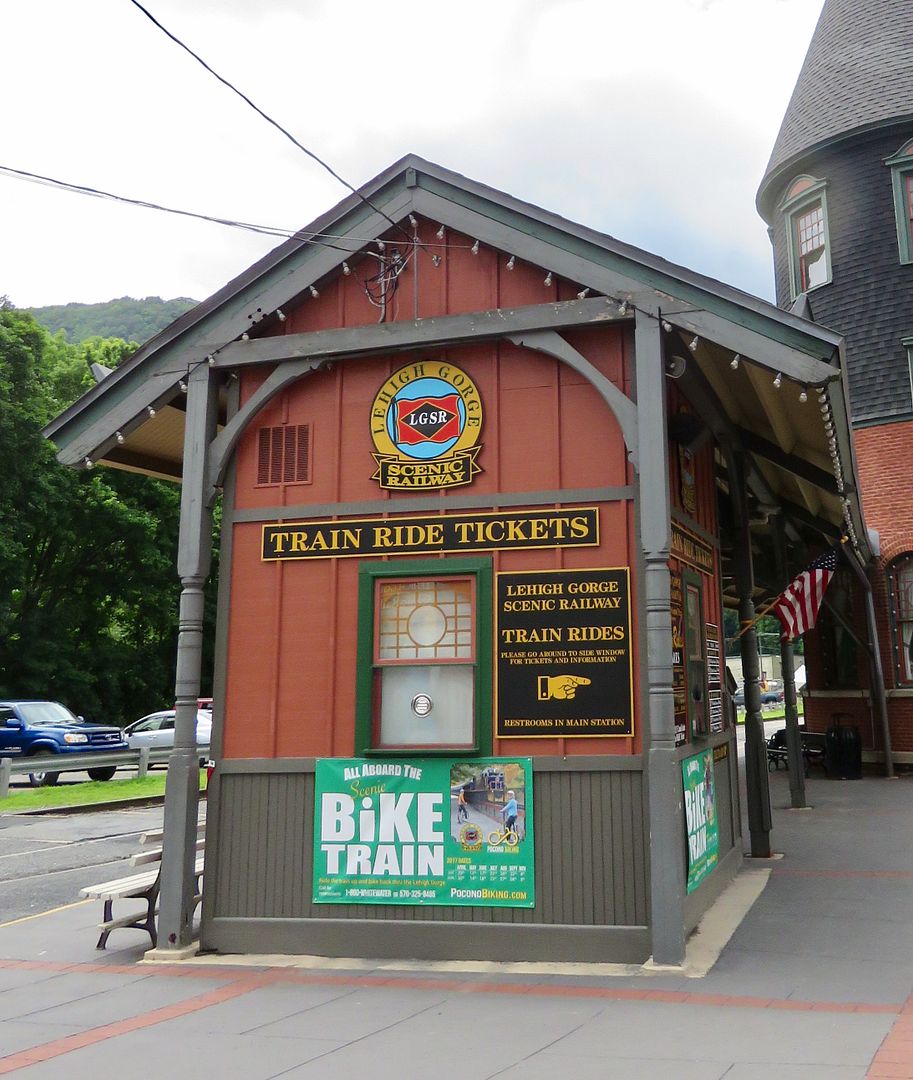
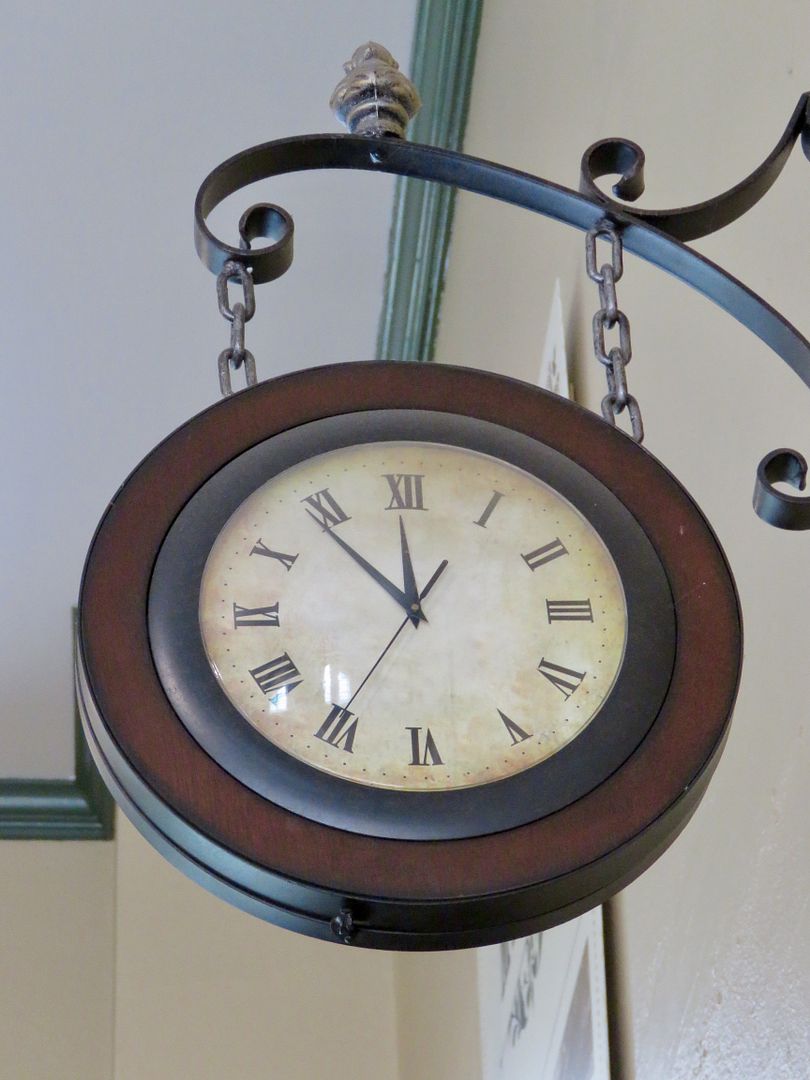

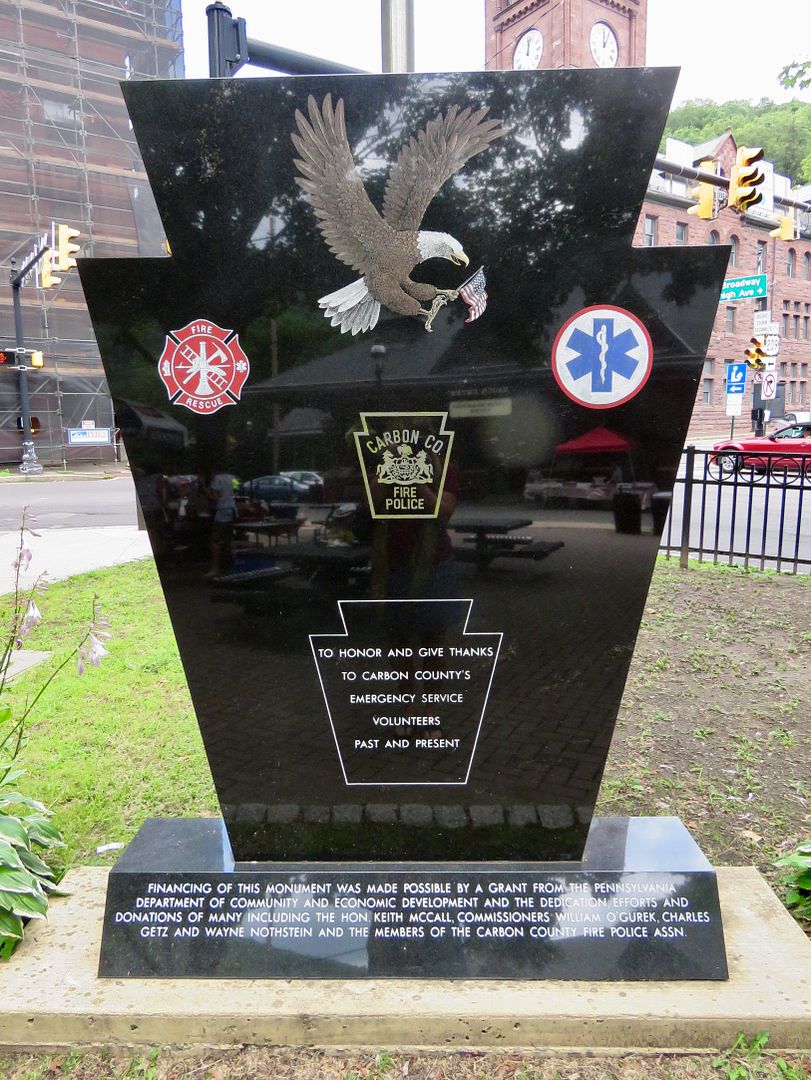
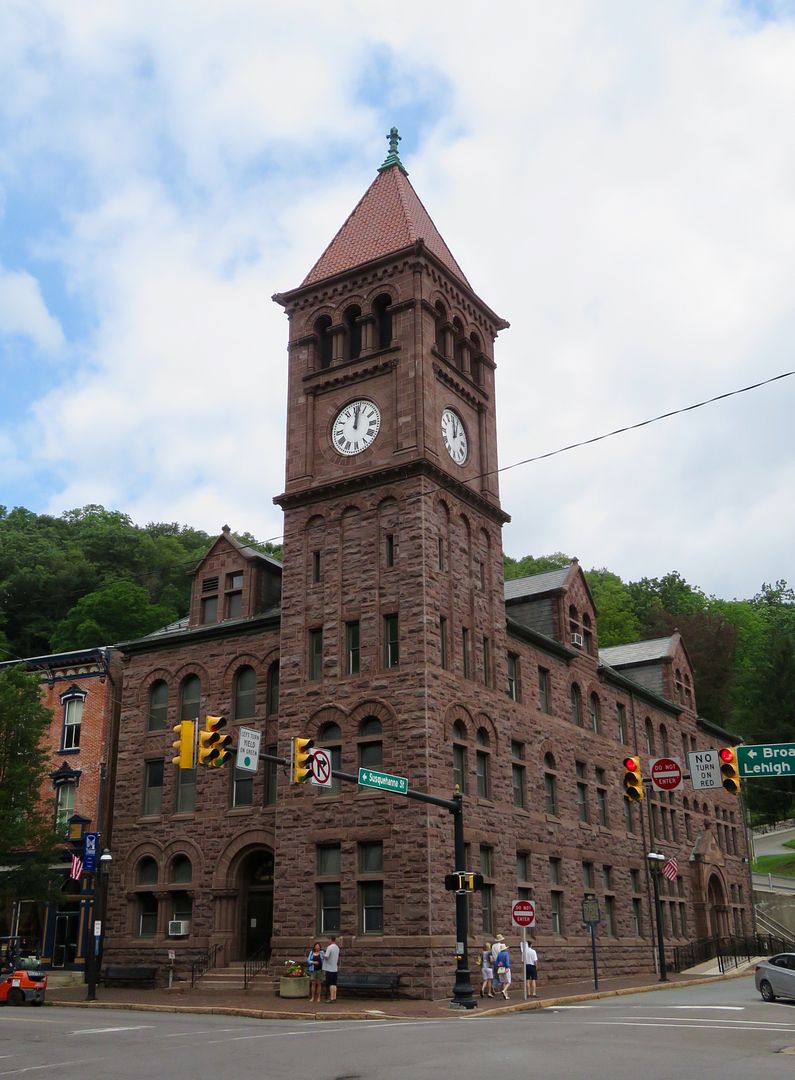
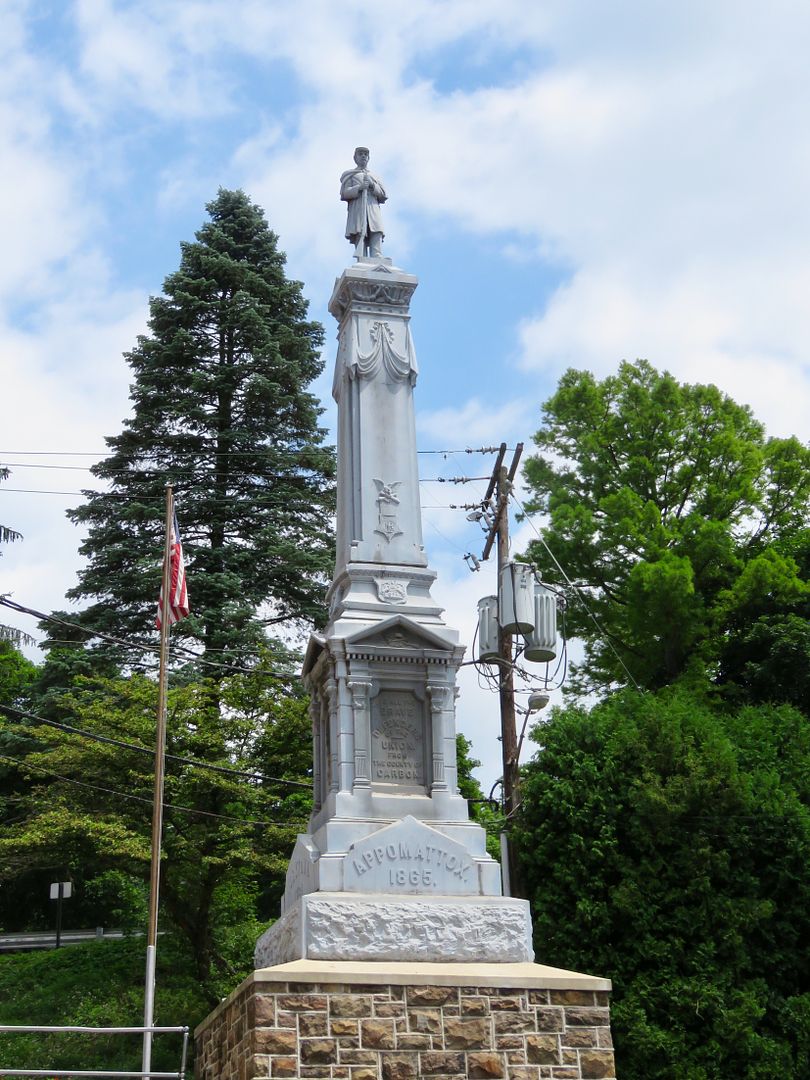




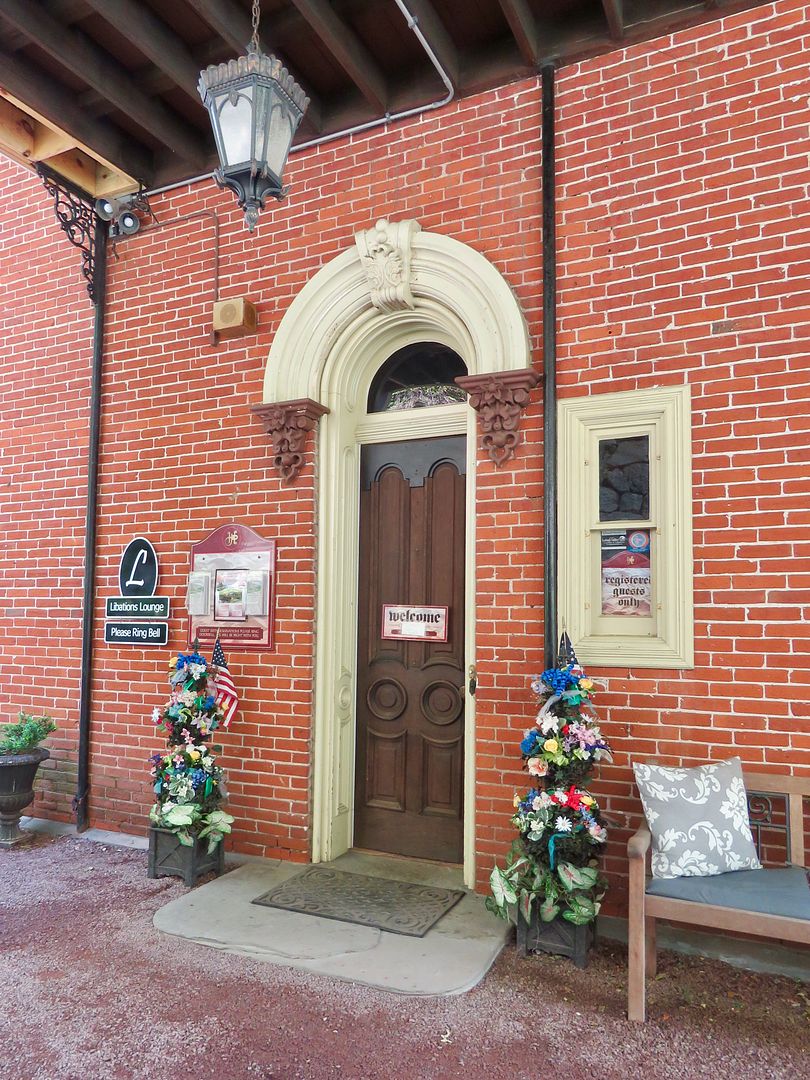
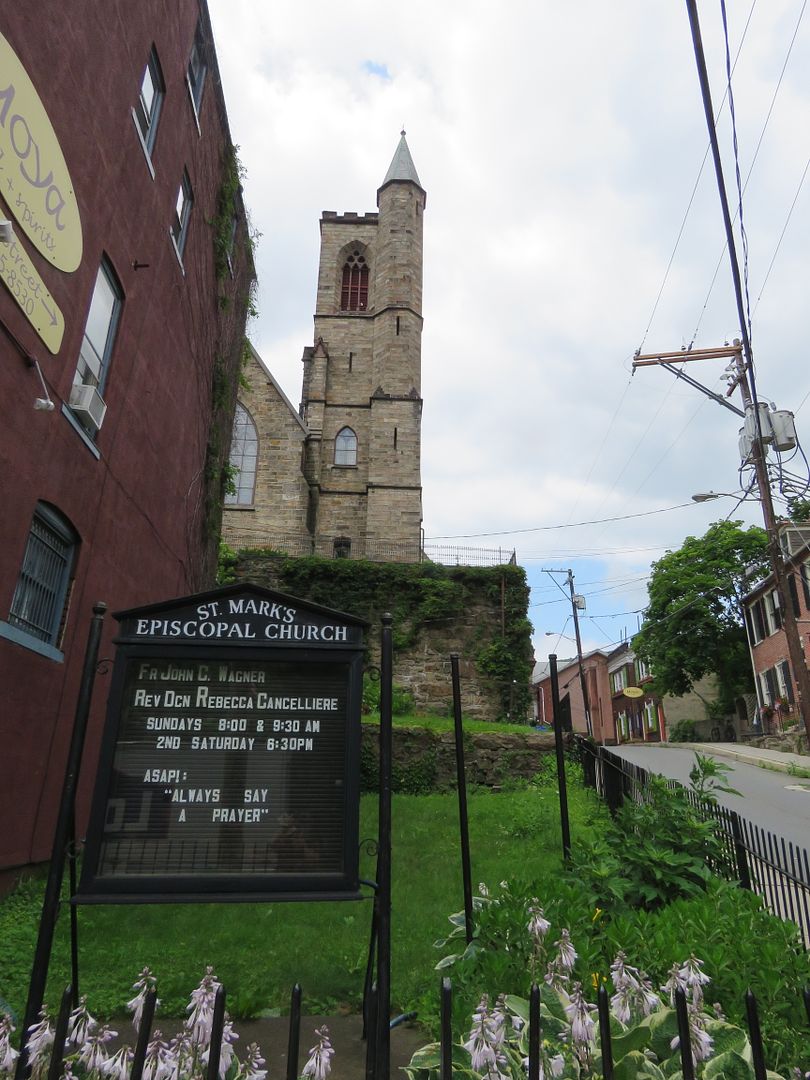

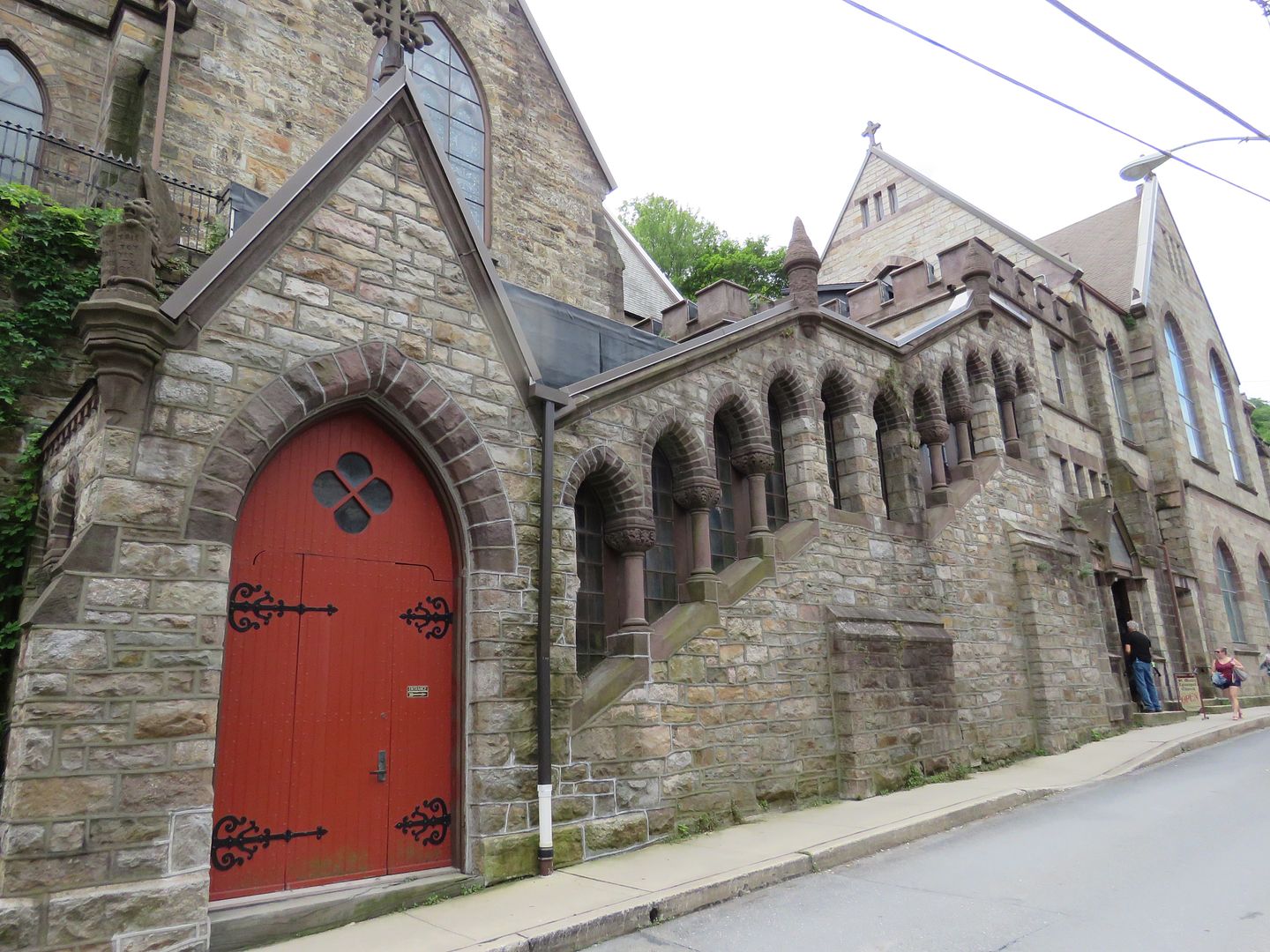
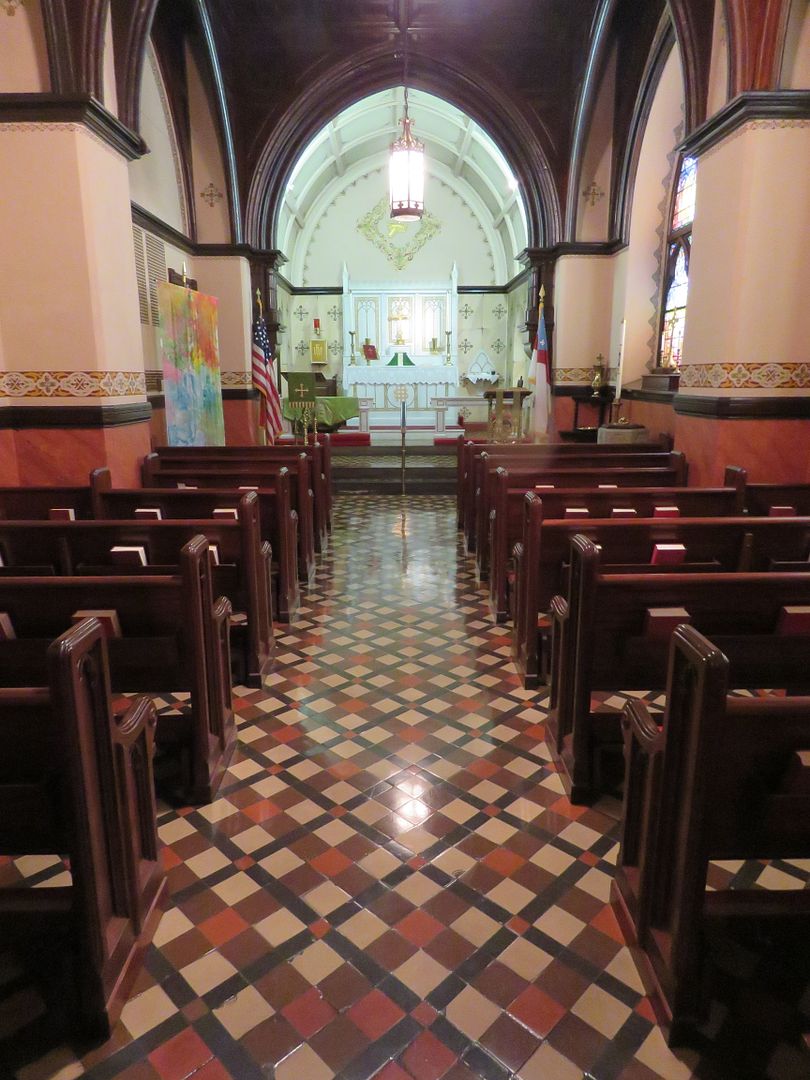
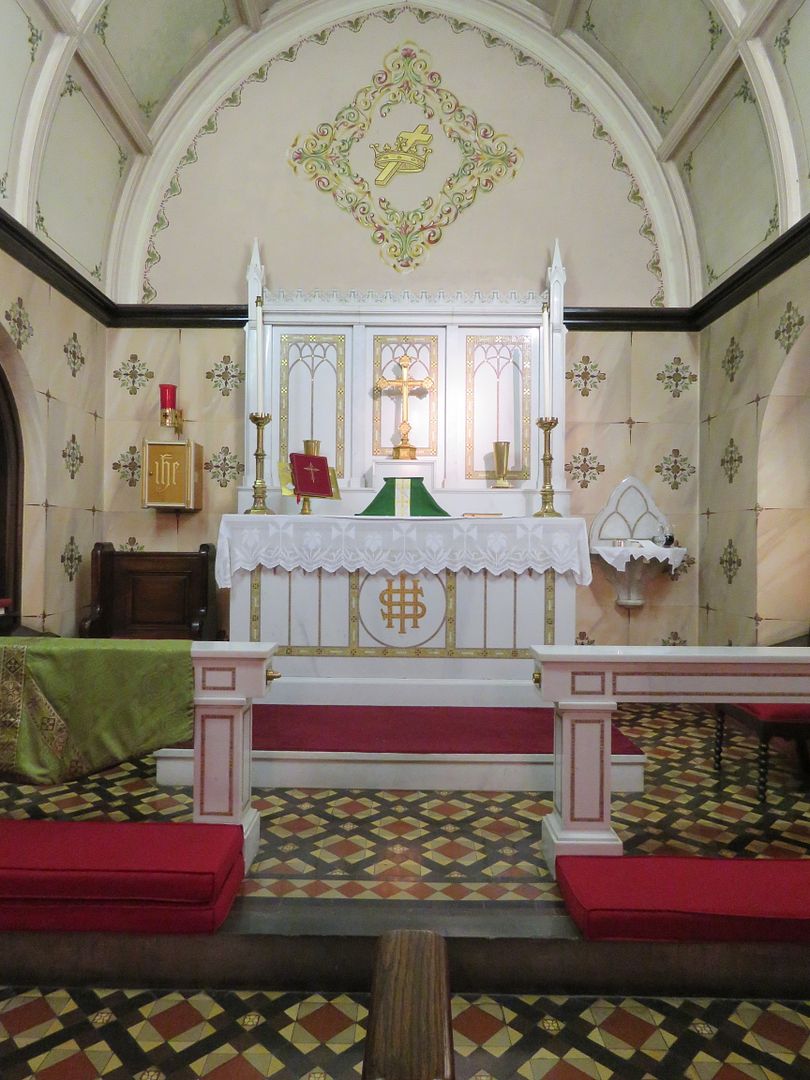


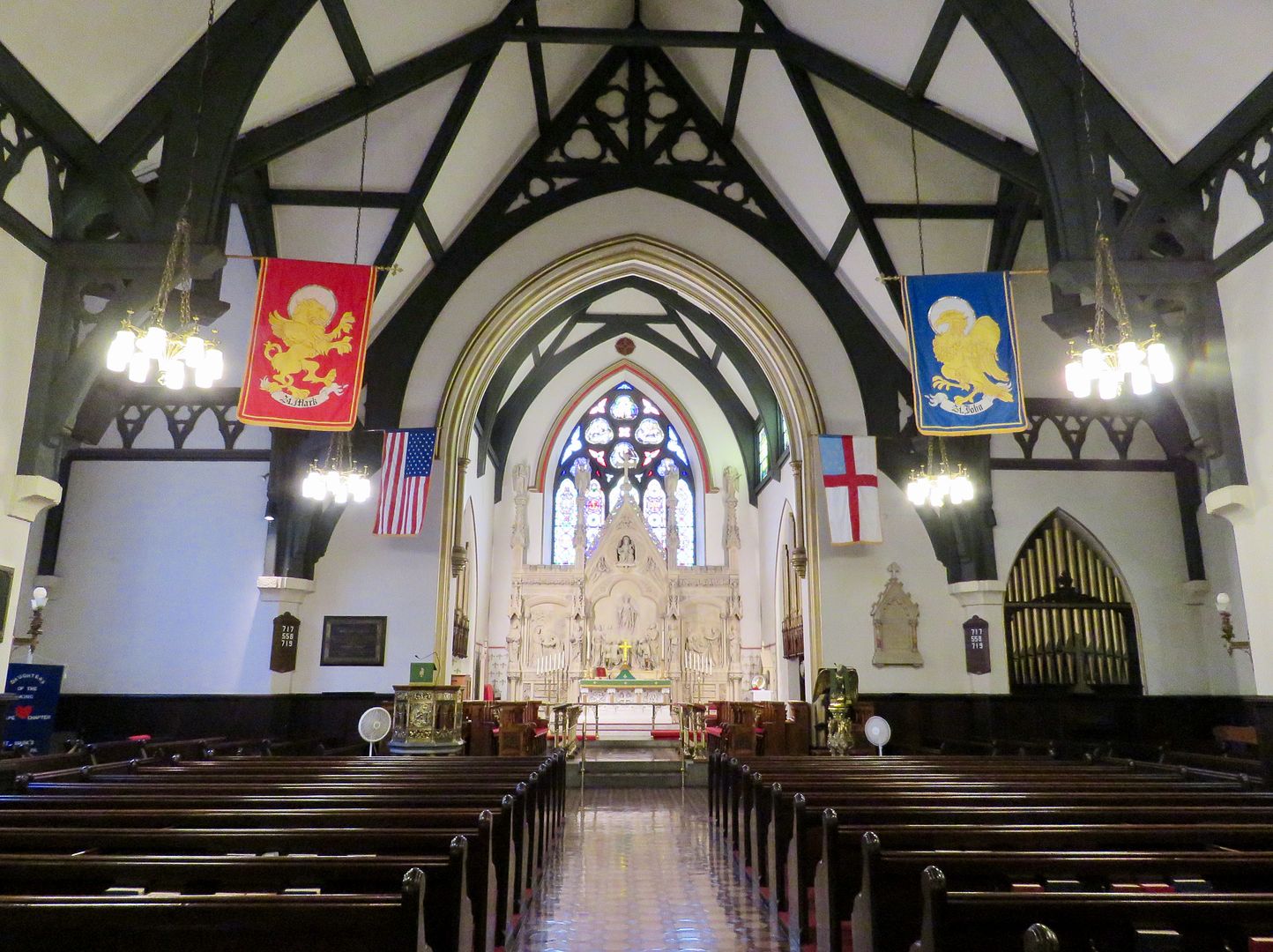
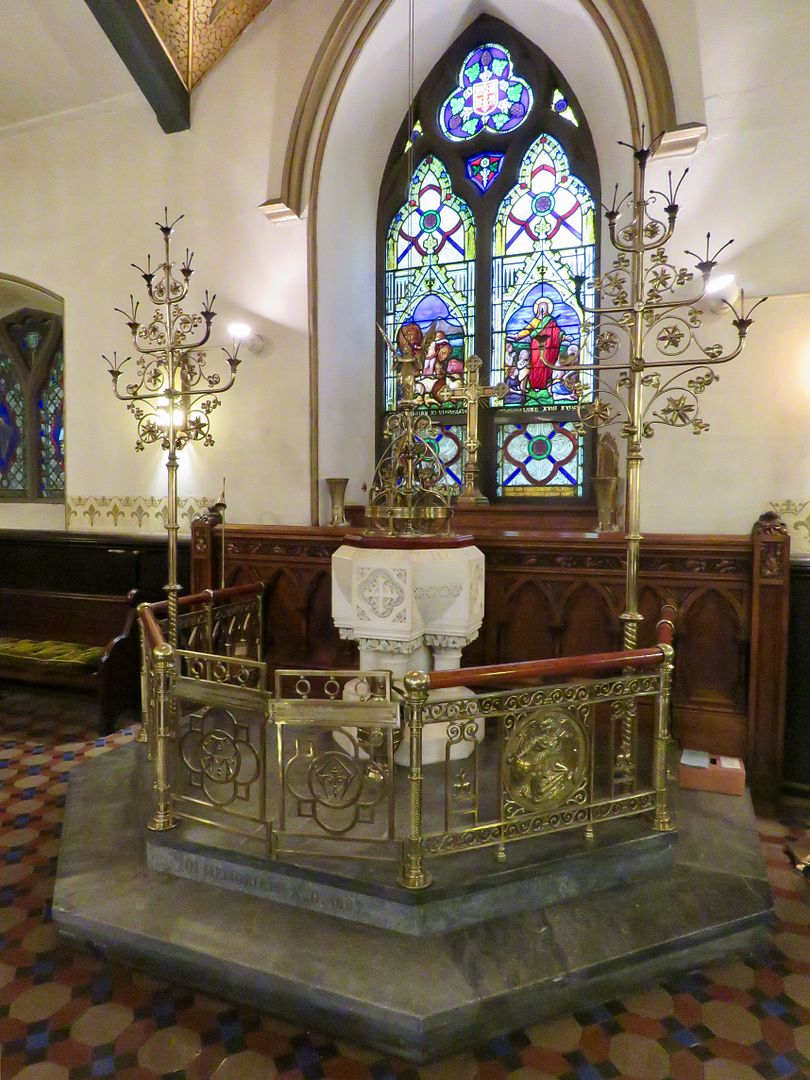
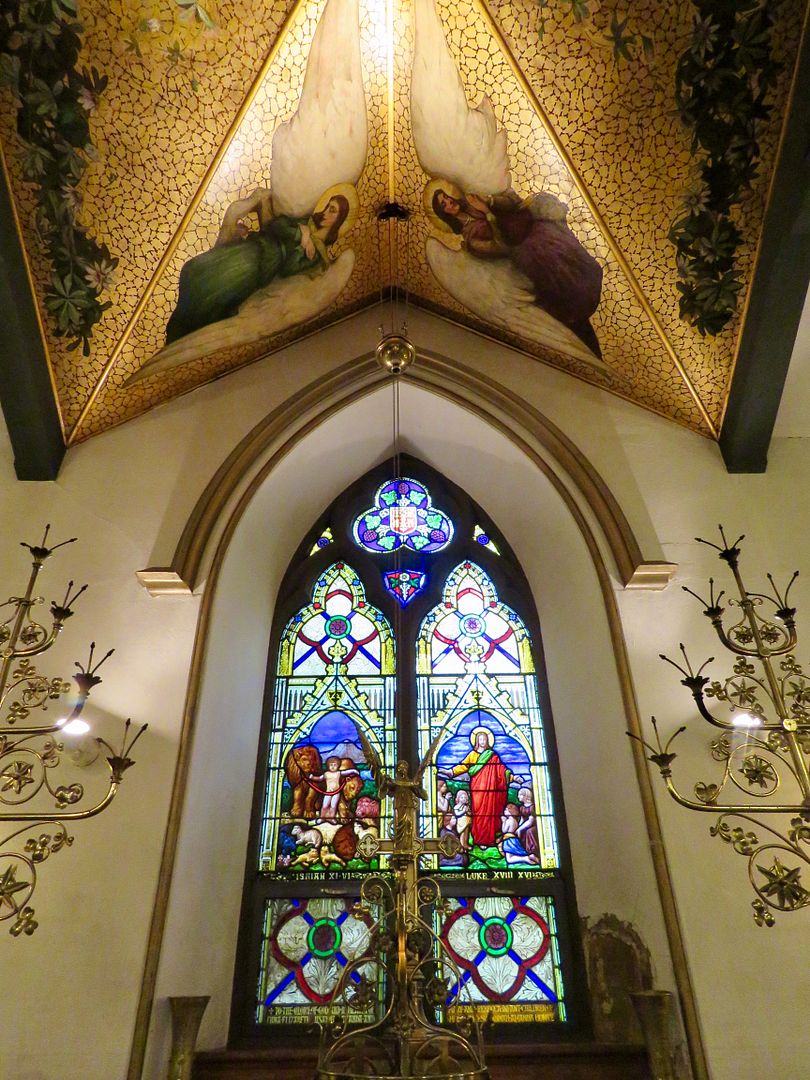
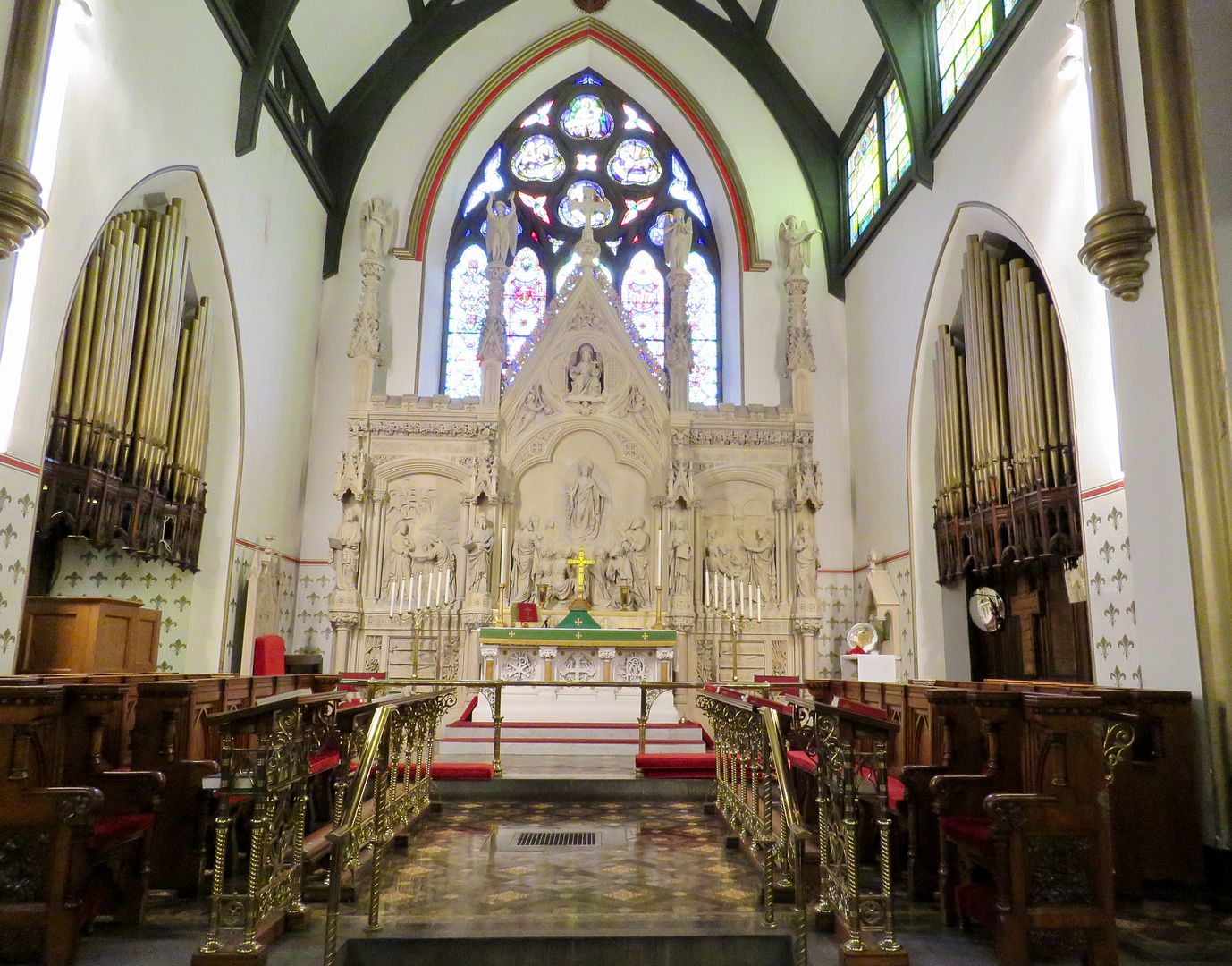
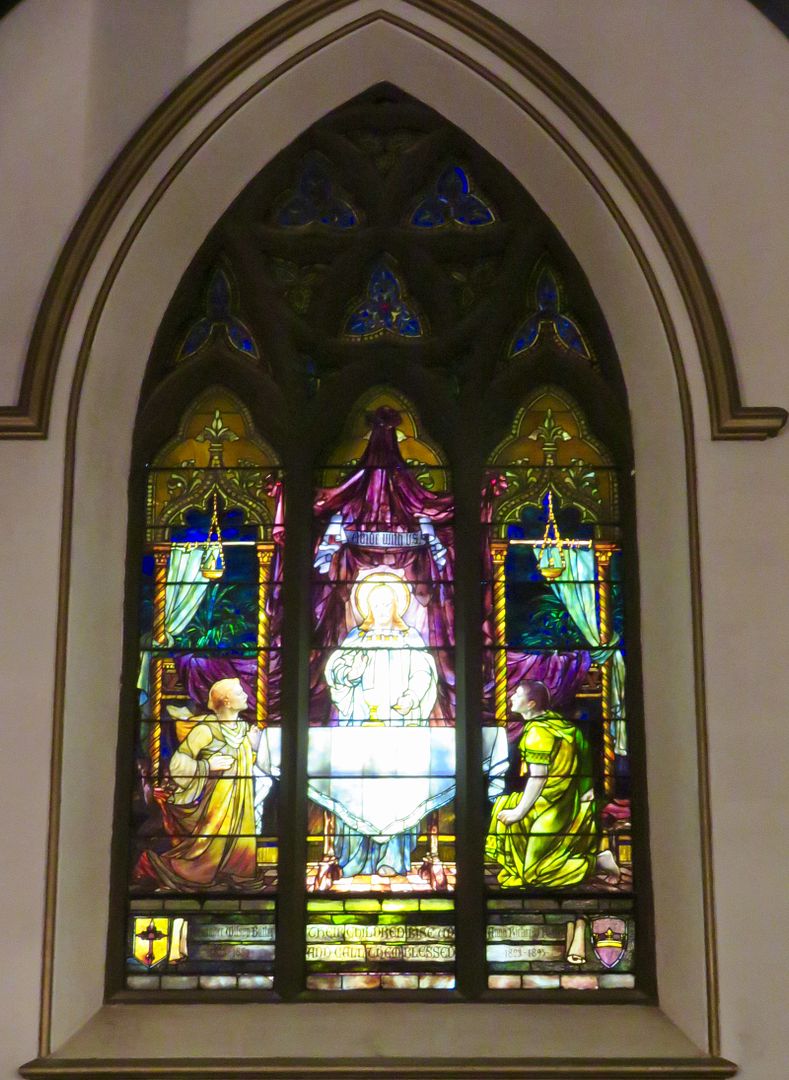


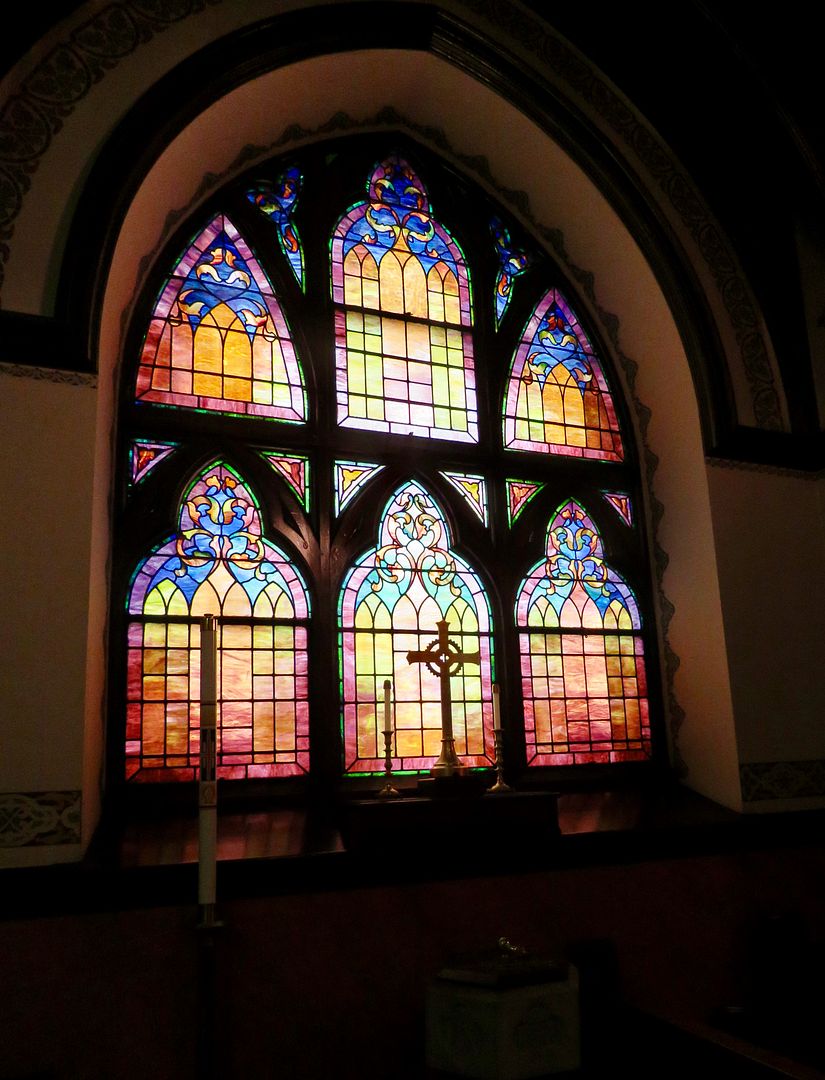

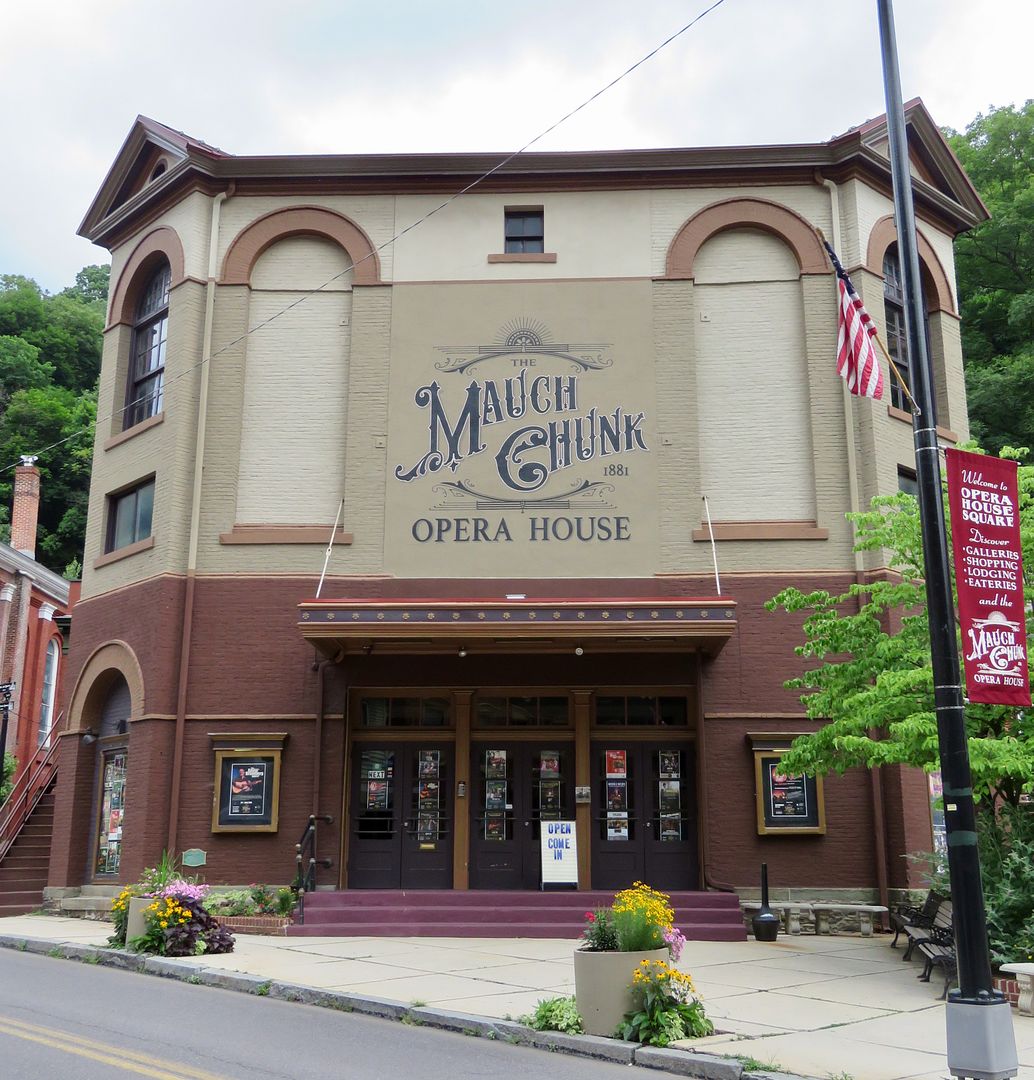

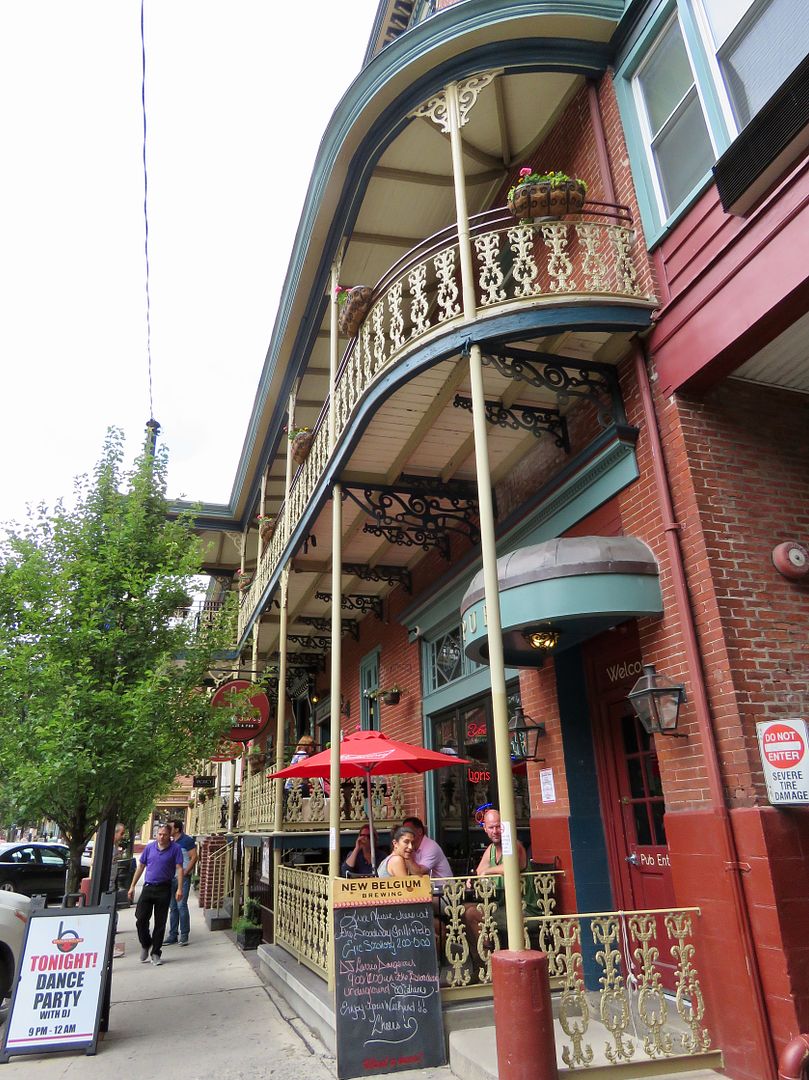


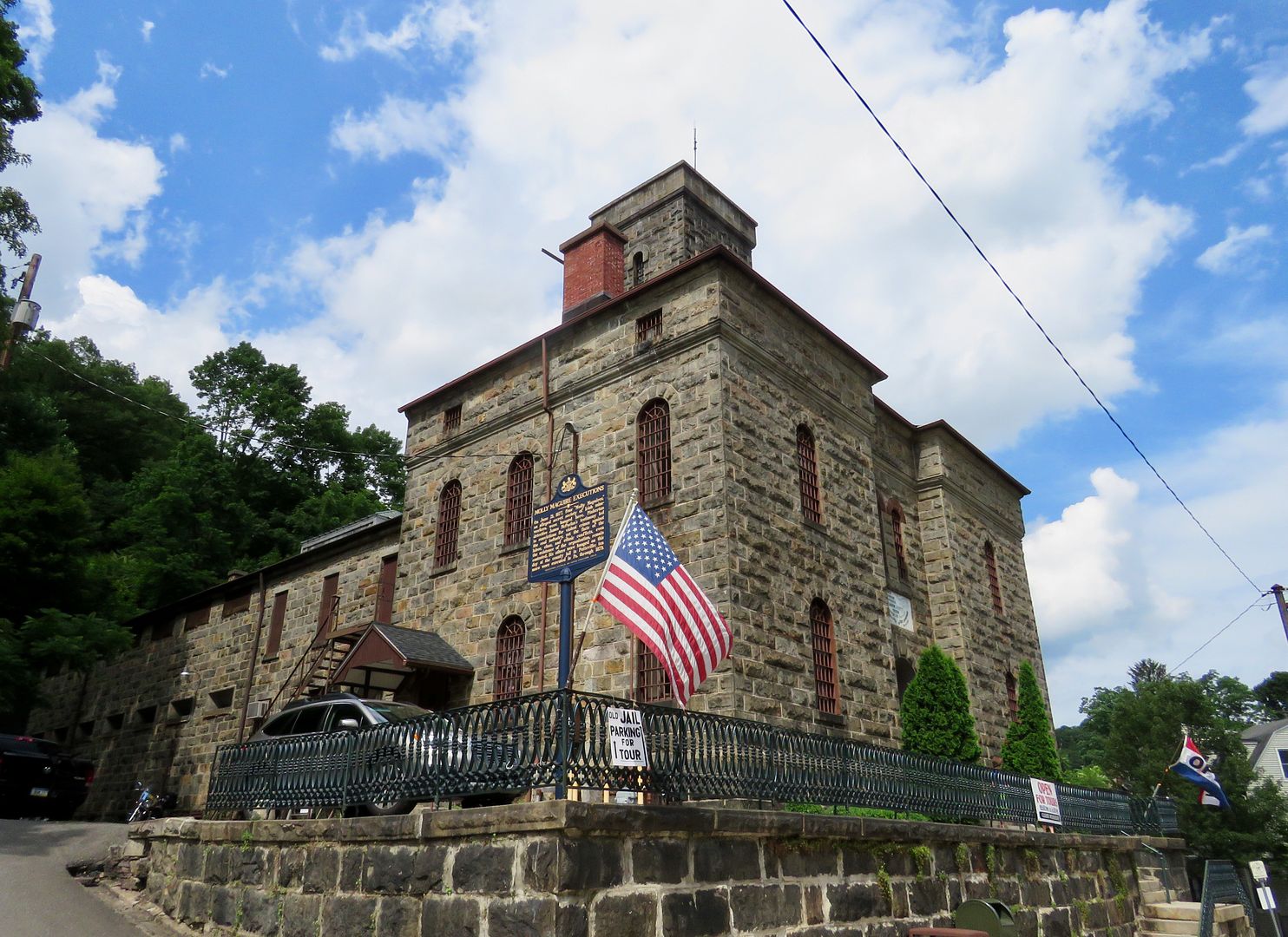
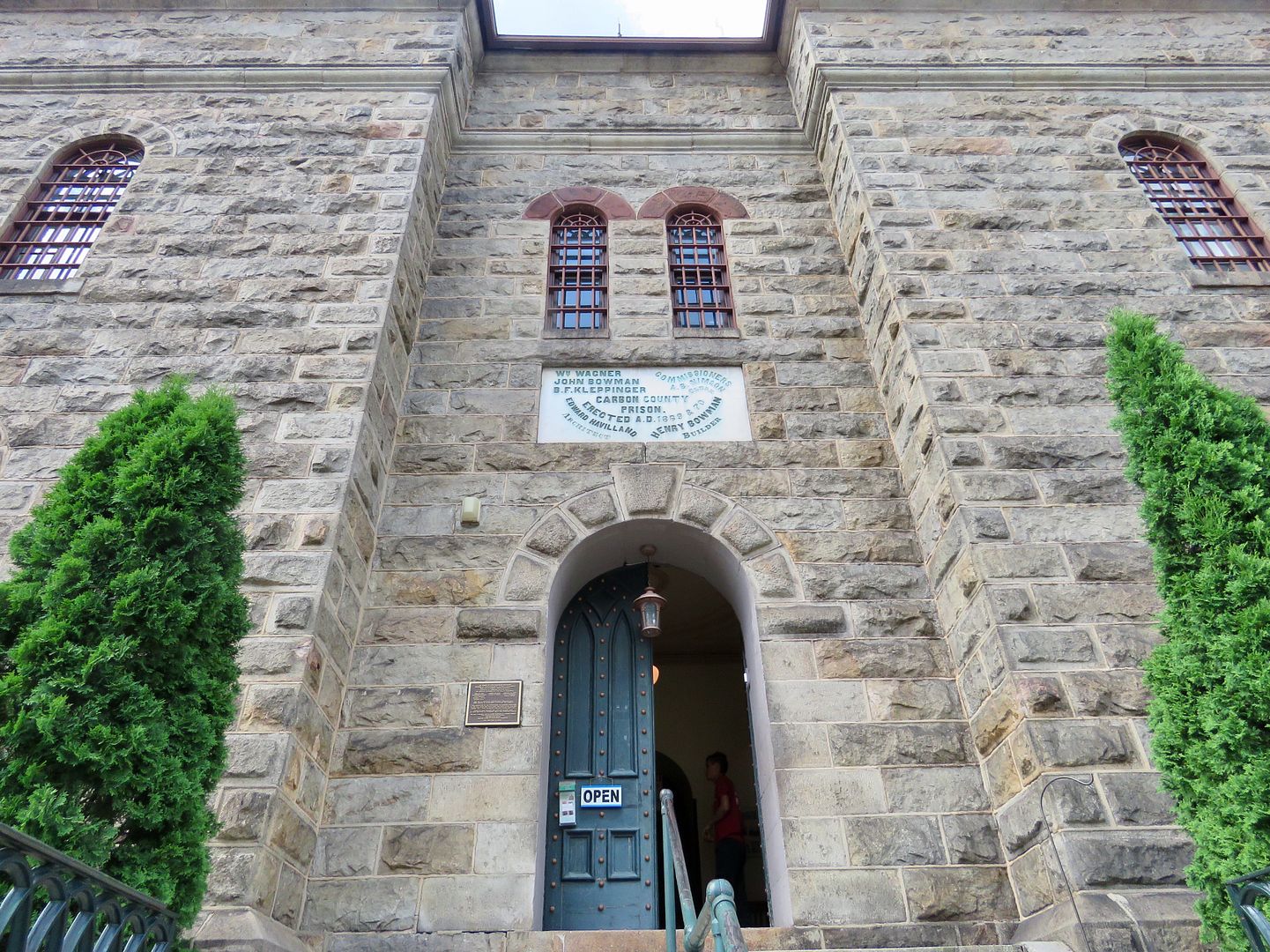
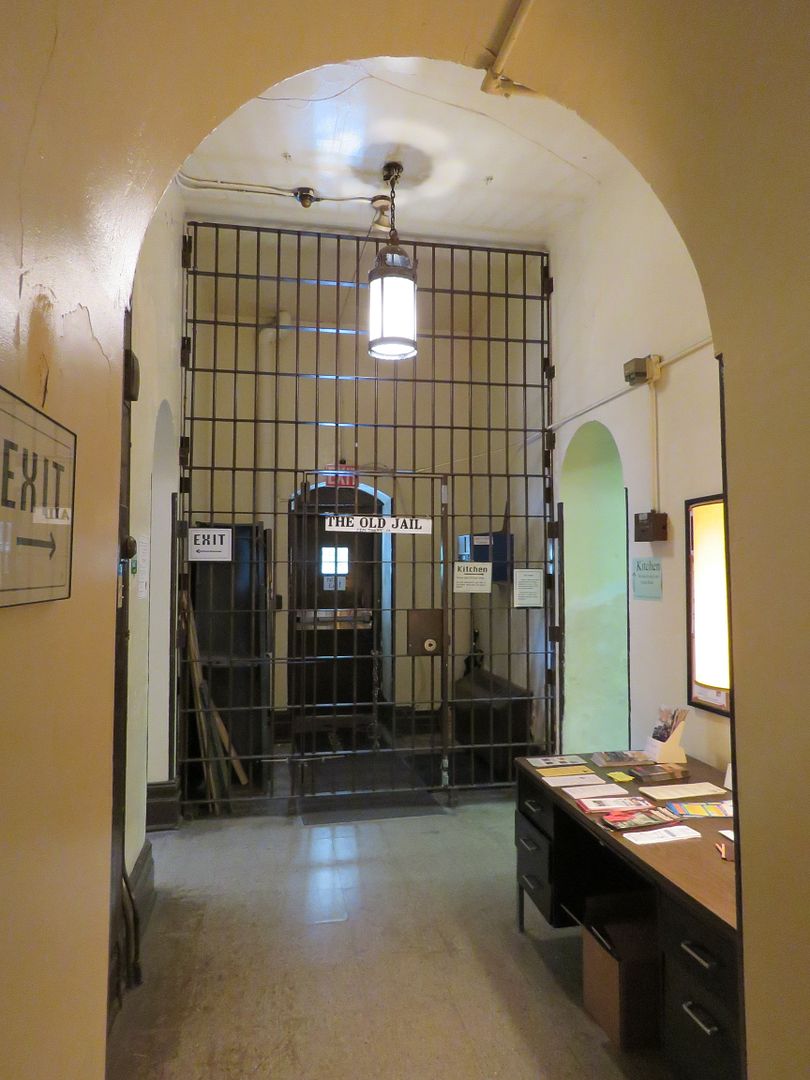
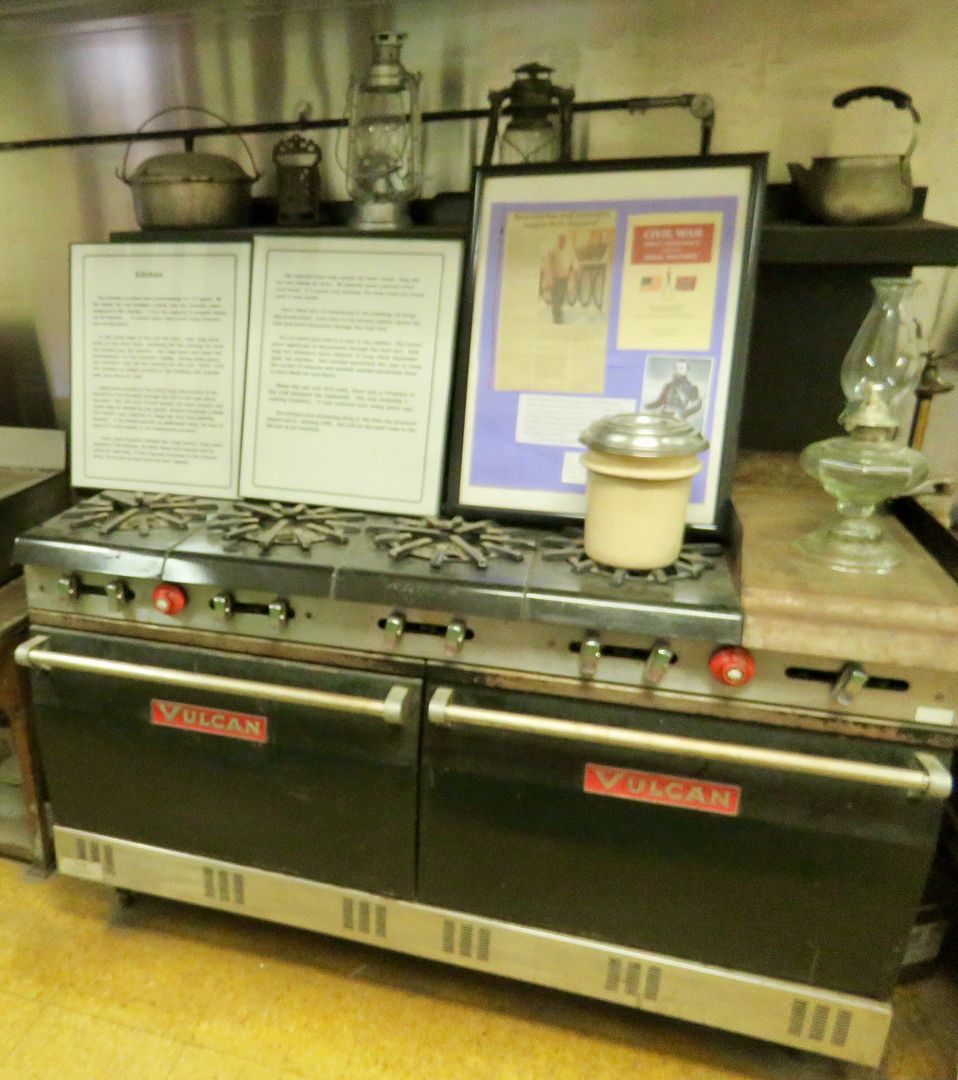
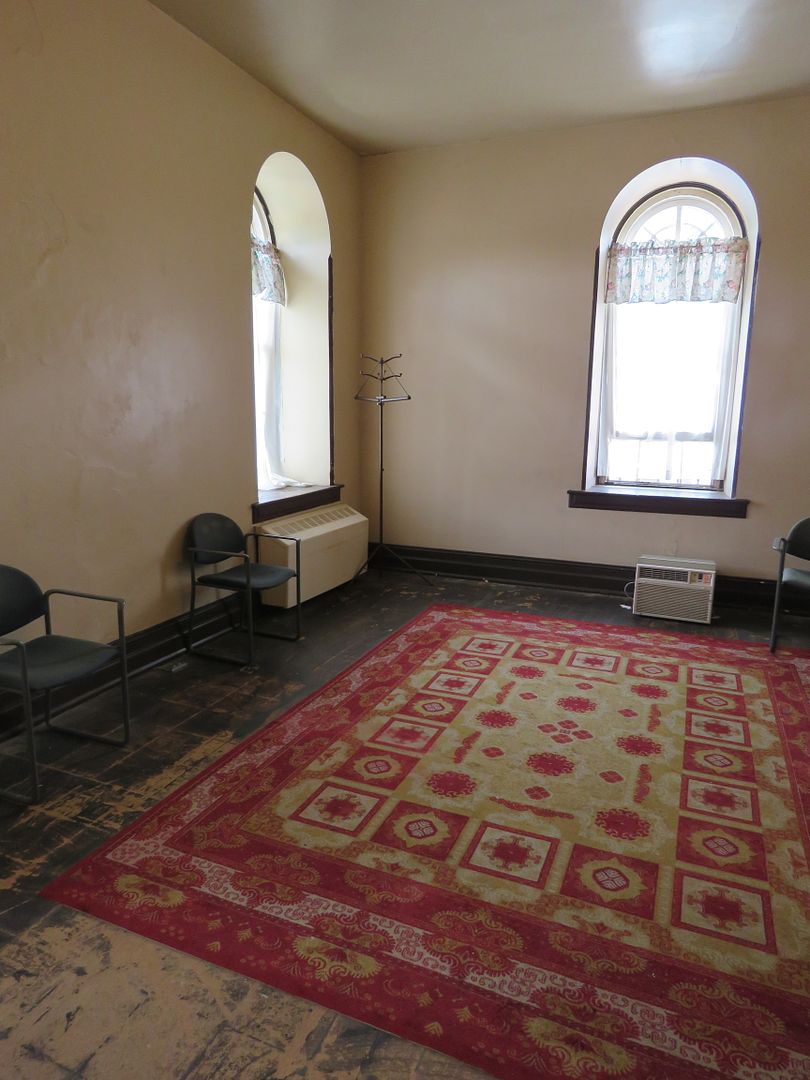
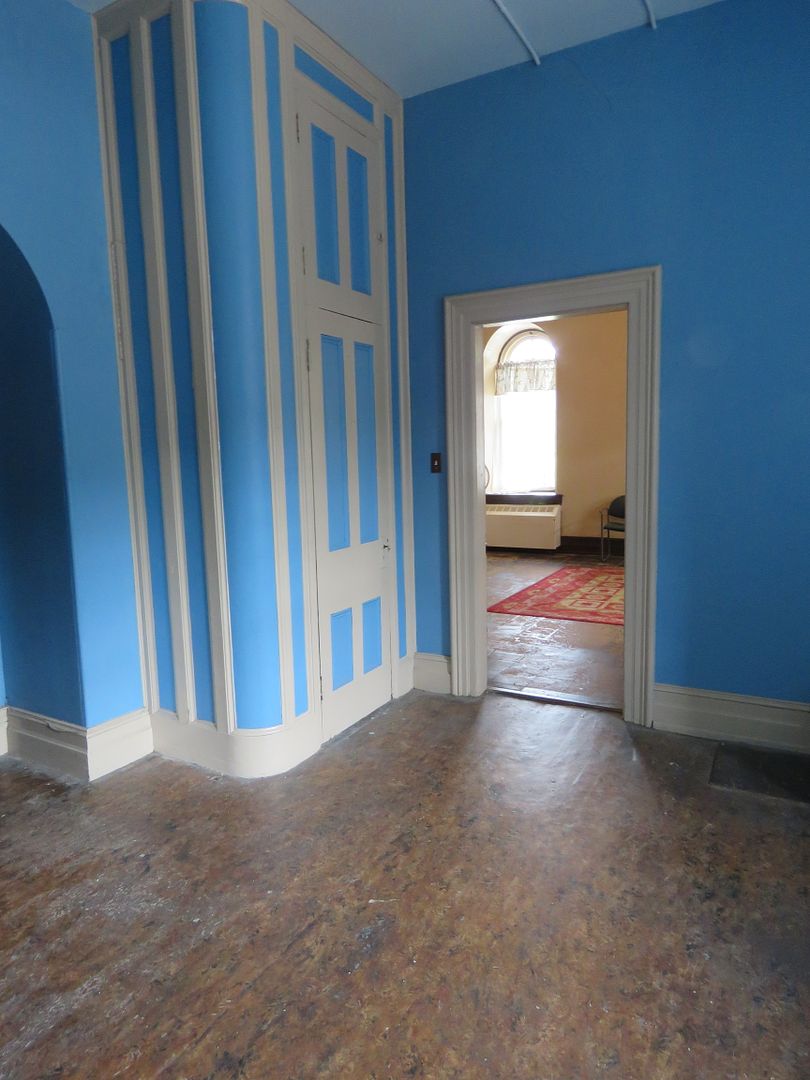


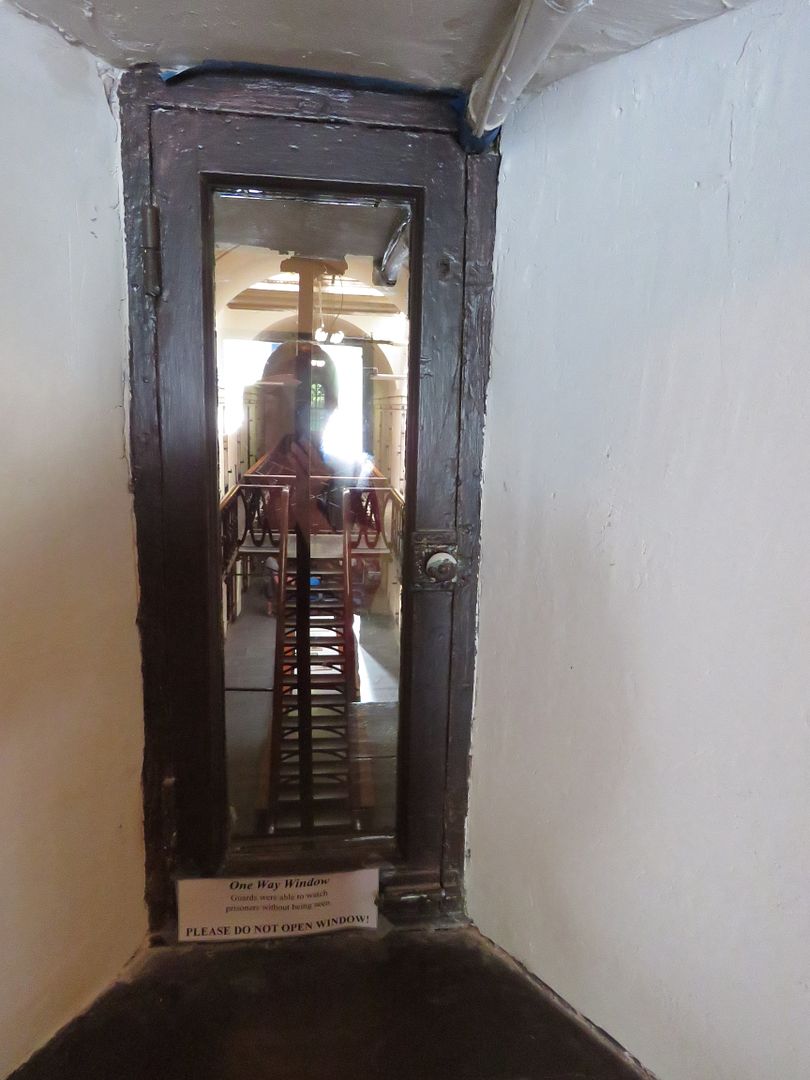



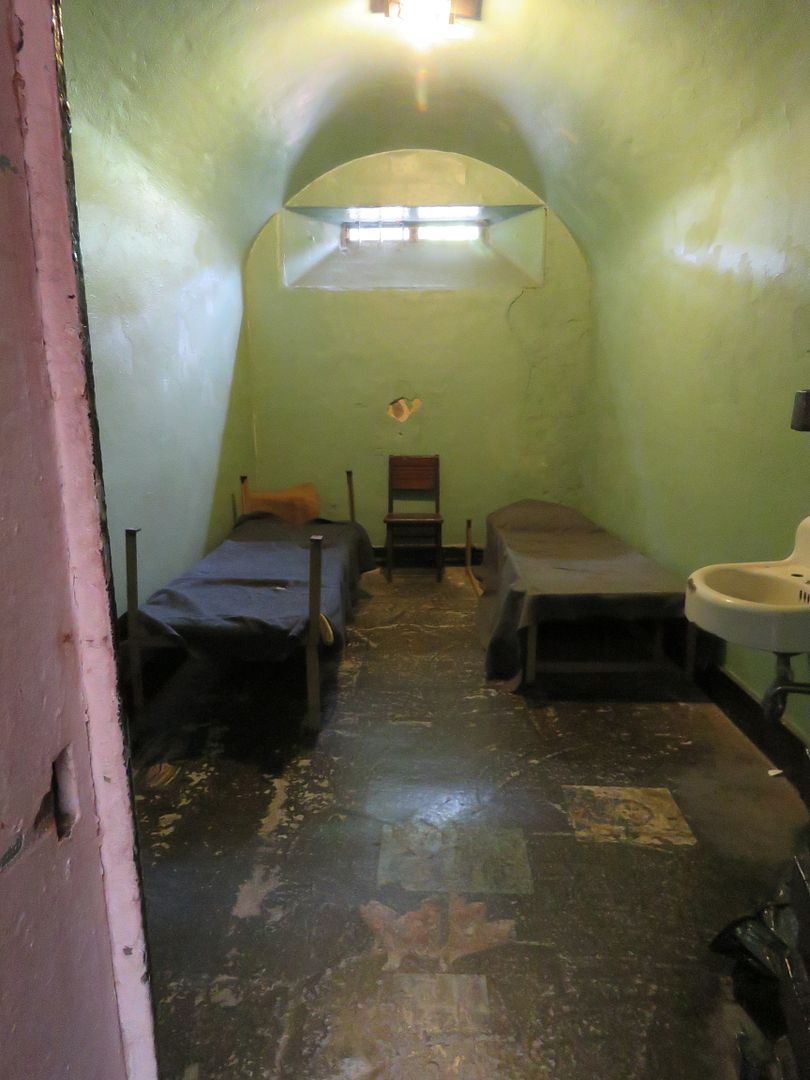
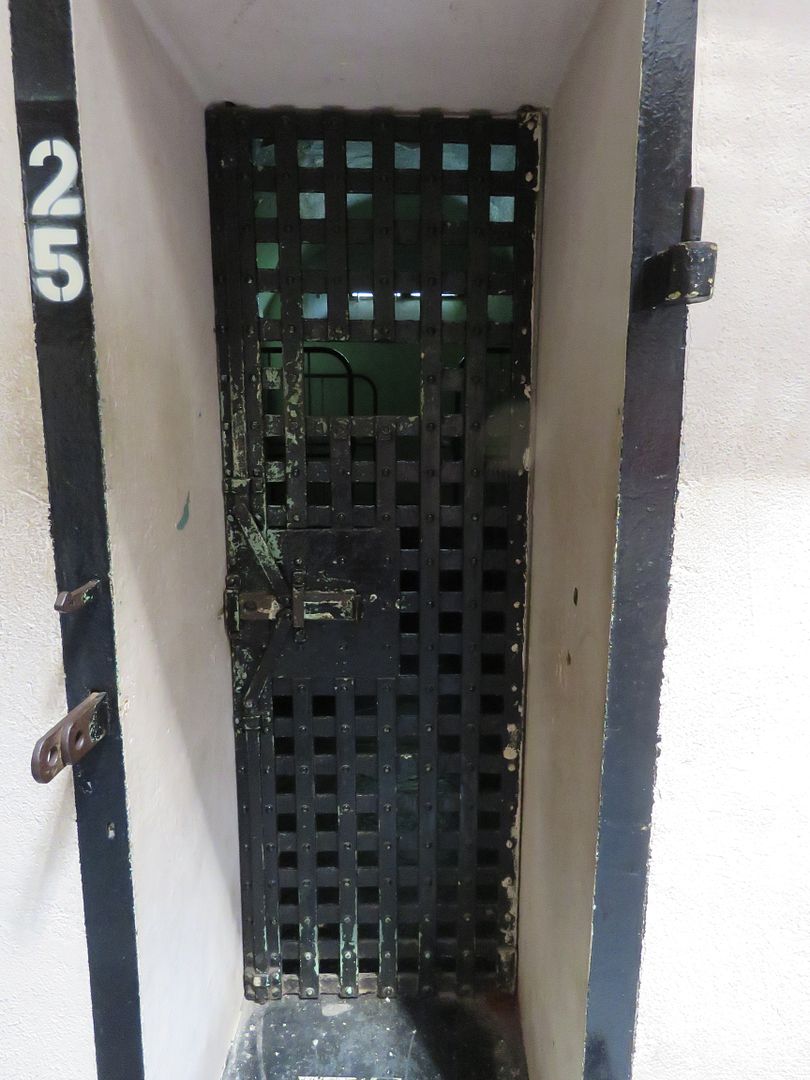
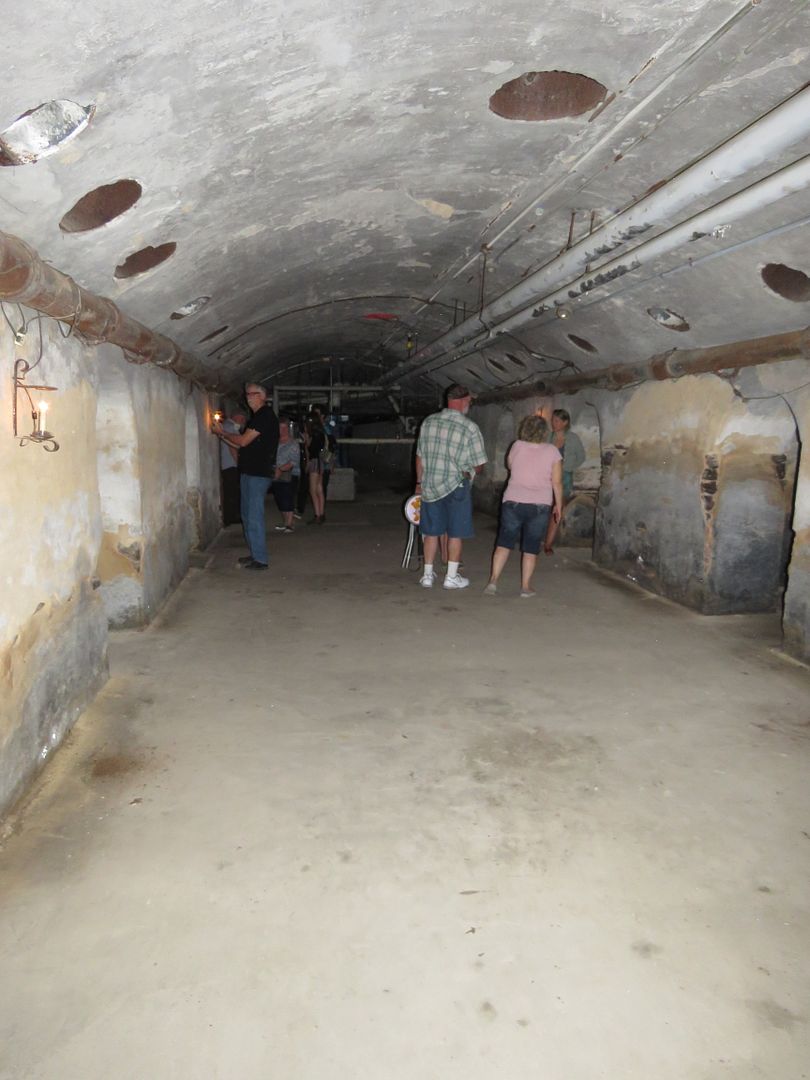



No comments:
Post a Comment